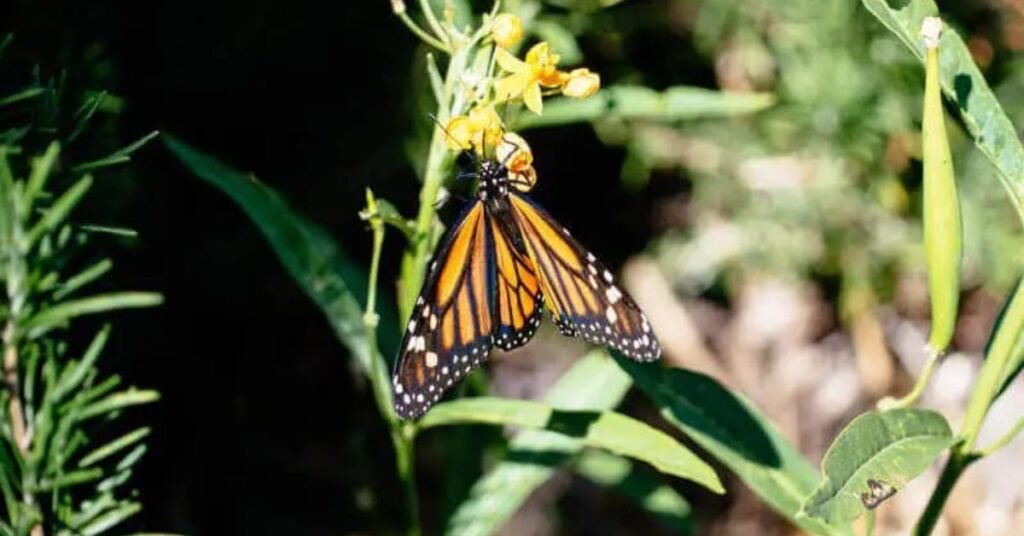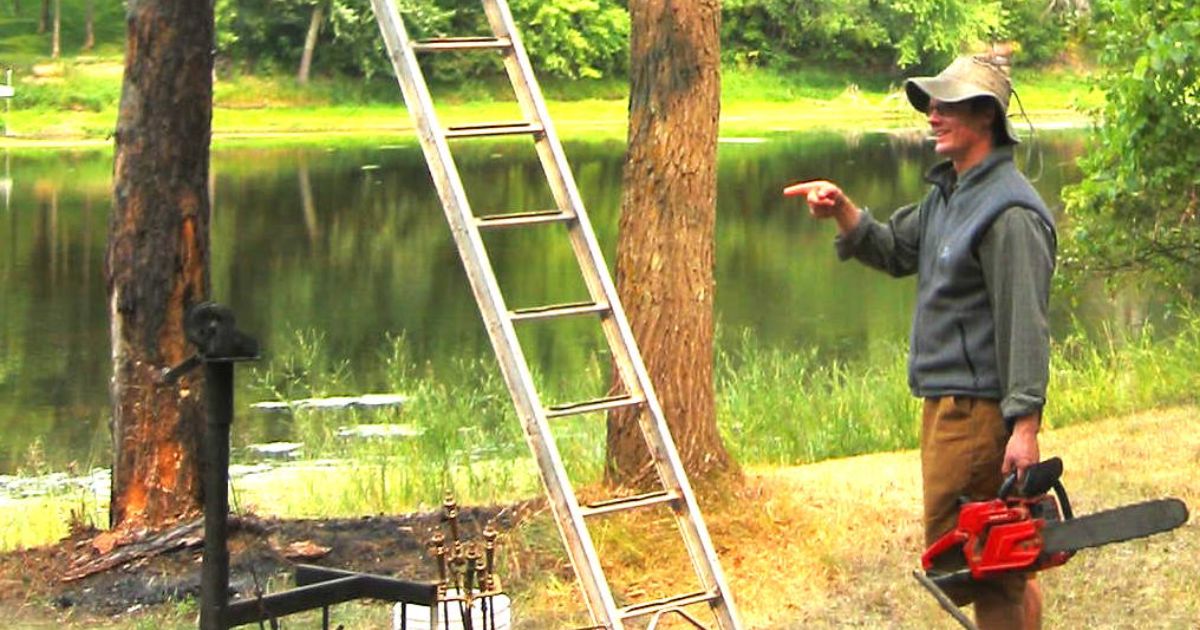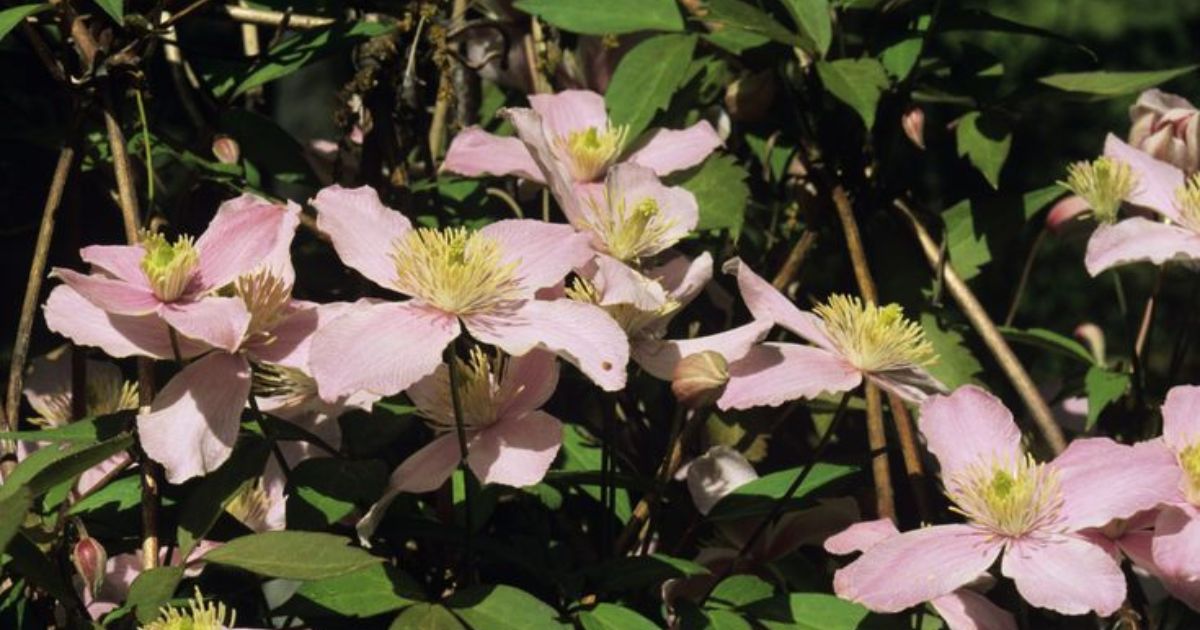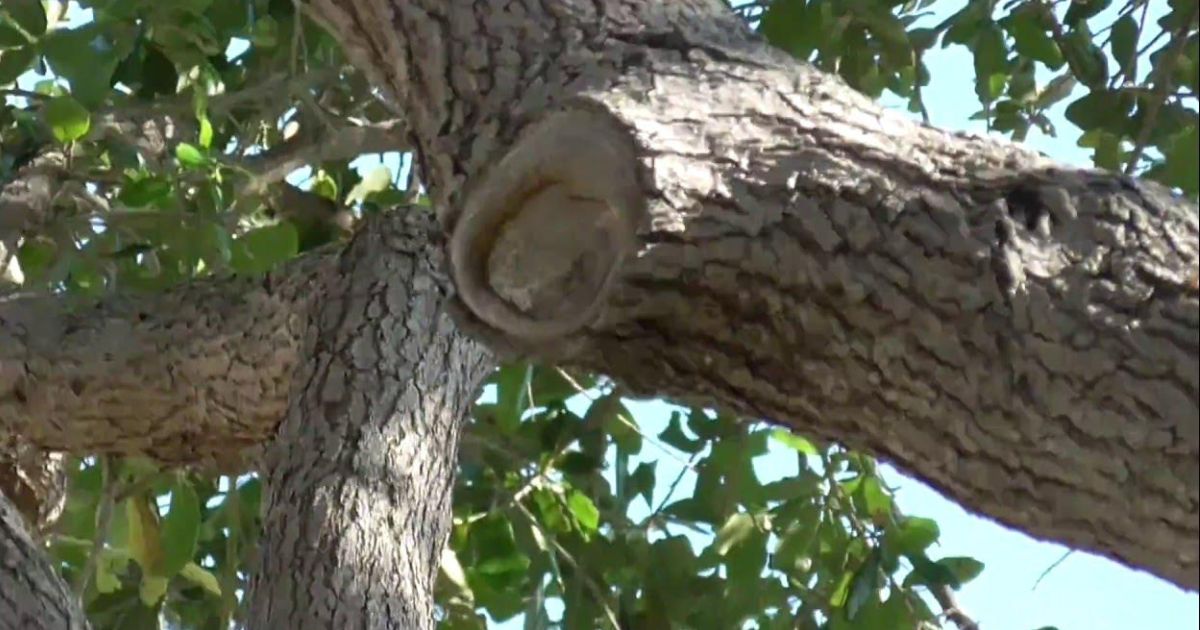Milkweed is more than just a plant—it’s a lifeline for monarch butterflies. Monarchs rely on milkweed for laying eggs, and its leaves serve as a critical food source for their larvae. With declining monarch populations, planting milkweed has become a popular way to support pollinators and contribute to conservation efforts. However, many well-meaning gardeners make common mistakes that hinder milkweed growth and its effectiveness in helping monarchs. In this guide, we’ll explore the top 10 mistakes to avoid when planting milkweed, ensuring your efforts positively impact your garden and the environment.
How do you plant milkweed?
To plant milkweed, start by selecting a sunny spot with well-draining soil. You can plant seeds or young plants. If using seeds, scarify them by gently rubbing them with sand or soaking them overnight to improve germination. The seeds should be planted a few inches apart and about 1/4 inch deep. To keep the soil damp but not soggy, How Banana Flowers Are an water it sparingly. Dig a hole big enough for the root ball, put the plant in it, and then cover it with earth if you’re planting a young plant. To keep moisture in, mulch around the base and give it a good watering. As the milkweed plant flowers establishes, make sure it gets lots of sunlight and little disturbance.
How to Pick a Milkweed Variety That Suits Your Garden
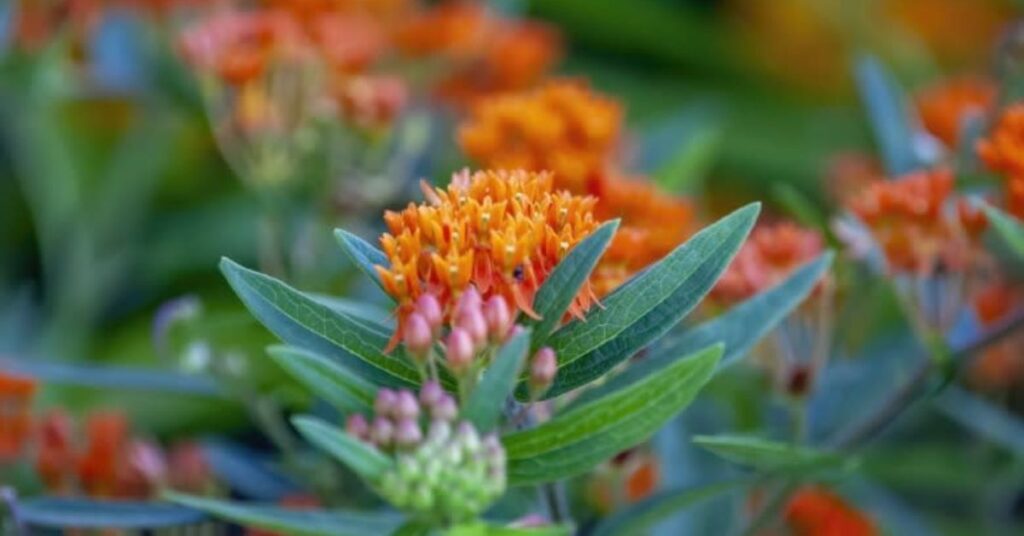
Choosing the right milkweed variety for your garden involves considering your region, climate, and gardening goals. Native milkweed species are the best choice as they are adapted to local ecosystems and provide ideal support for monarch butterflies. Common milkweed (Asclepias syriaca) thrives and attracts monarchs with its fragrant blooms in sunny, well-drained areas. If you prefer a more compact option, butterfly weed (Asclepias tuberosa) is a vibrant, low-maintenance variety ideal for small gardens. Swampmilkweed flowers (Asclepias incarnata) is perfect for wetter soils, flourishing near ponds or rain gardens. Always research your region’s native species and avoid tropical milkweed, which can disrupt monarch migration. By matching the milkweed variety to your garden’s conditions, you’ll create a thriving, butterfly-friendly habitat that enhances your outdoor space while supporting pollinator conservation.
1. Choosing the Wrong Milkweed Species
Not all milkweed species are created equal, and planting the wrong type can do more harm than good. Native milkweed species are adapted to local climates and ecosystems, making them the best choice for supporting monarchs and pollinators. In contrast, non-native species like tropical milkweed (Asclepias curassavica) can disrupt monarch migration patterns and spread diseases such as OE (Ophryocystis elektroscirrha), Soil Solarization in Raised Beds: a debilitating parasite.To avoid this mistake, Research native milkweed varieties for your region, such as common milkweed plant for butterflies (Asclepias syriaca) or swamp milkweed (Asclepias incarnata). Avoid planting tropical milkweed unless you’re committed to pruning it regularly (more on this later).
2. Planting in the Wrong Location
milkweed growing thrives in sunny, well-drained areas, but many gardeners mistakenly plant it in shady spots or areas with poor drainage. Without adequate sunlight, milkweed may grow weak and struggle to attract monarchs.
How to avoid this mistake: Choose a place area is exposed to direct sunshine six to eight hours each day. Avoid areas prone to waterlogging, as milkweed prefers dry to moderately moist soil conditions.
3. Overwatering Milkweed
milkweed plant growing is a hardy plant that doesn’t need frequent watering. The plant may eventually die from root rot and fading leaves as a result of overwatering.Avoid this mistake by using milkweed sparingly, especially once it has established itself. Allow the soil to dry out between waterings to prevent oversaturation. Watering should typically be done once every one to two weeks in areas that are susceptible to drought.
4. Failing to Prepare the Soil Properly
Milkweed isn’t overly picky about soil; ignoring soil quality can limit its growth. Poorly prepared soil, too compact or lacking nutrients, may prevent milkweed from thriving.
How to avoid this mistake: Test your soil for proper drainage and pH levels (milkweed prefers slightly acidic to neutral soil). If needed, loosen the soil with compost or sand to improve drainage. How to Choose Deer Resistant Plants For optimal growth, aim for sandy or loamy soil.
5. Neglecting Spacing Between Plants
Planting milkweed too close together is a standard error, especially in small gardens. Overcrowded plants are more vulnerable to diseases like powdery mildew and compete for nutrients.
How to avoid this mistake: To encourage proper ventilation and nutrient uptake, milkweed plants should be placed 18 to 24 inches apart.Additionally, it slows the rapid spread of illnesses and pests.
6. Ignoring Pests and Predators
While milkweed naturally attracts insects, some pests, such as aphids, can overwhelm the plant and reduce its ability to support monarchs. On the other hand, some predators, life cycle of a milkweed plant like ladybugs, help keep pests in check.
How to avoid this mistake: Embrace a balanced ecosystem by avoiding harsh pesticides (which harm pollinators) and supporting lacewings and ladybugs, which are natural predators. For heavy infestations, gently wash aphids off milkweed using a stream of water or apply a natural insecticidal soap.
7. Planting at the Wrong time
Timing is everything when planting milkweed. Planting too early, before the last frost, can kill young plants, while planting too late may not give the plants enough time to establish themselves.
How to avoid this mistake: Most regions plant milkweed in early spring or late fall. Suppose starting from seed, cold stratification (exposing seeds to freezing temperatures) is necessary to mimic natural winter conditions and ensure successful germination.
8. Not Cutting Back Tropical Milkweed
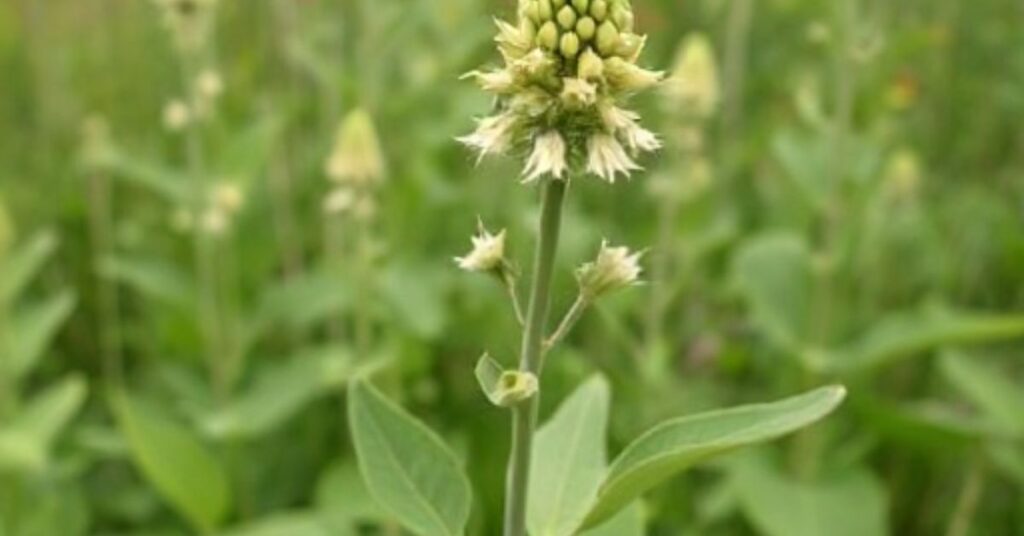
Tropical milkweed has gained popularity for its bright flowers and year-round growth in warm climates. However, leaving it unpruned can disrupt monarch migration and spread OE parasites.
How to avoid this mistake: If you plant tropical milkweed, cut it back to the ground twice a year, particularly in fall and winter. This encourages monarchs to continue their migration instead of lingering in one area, reducing the risk of disease transmission.
9. Overlooking Maintenance and Monitoring
Once planted, milkweed requires regular care to thrive. Neglecting to monitor for pests, diseases, and proper growth can lead to unhealthy plants.To avoid this mistake, How to Choose Deer Resista inspect your milkweed regularly for signs of pests or diseases. Remove dead or yellowing leaves and deadhead flowers to promote continuous blooming. A little effort goes a long way in keeping milkweed healthy and attractive to monarchs.
10. Using Pesticides and Chemicals
One of the gardeners’ most significant mistakes is using pesticides or chemical treatments near milkweed. These substances can kill pests, monarch caterpillars, and pollinators like bees.
How to avoid this mistake: Create a pesticide-free zone around your show me a milkweed plant. Employ natural pest management techniques, such hand-removing pests or bringing in beneficial insects. How to Grow Garlic: Planting, Caring, and Harvesting Tips Promoting a healthy, chemical-free habitat ensures the survival of the butterflies and other pollinators you’re trying to protect.
where to buy milkweed plants locally
To buy milkweed plants locally, check with local garden centers, nurseries, or farmers’ markets specializing in native plants. Many stores offer milkweed varieties suited to your region. You can also visit local conservation organizations or pollinator-friendly groups, as they may sell native plants to support butterfly habitats. Additionally, check online for local plant sales or events where native plant vendors may offer milkweed. Ensure you purchase from a reputable source to support local ecosystems and avoid non-native species.
Don’t Overwater Dormant Milkweed Plants
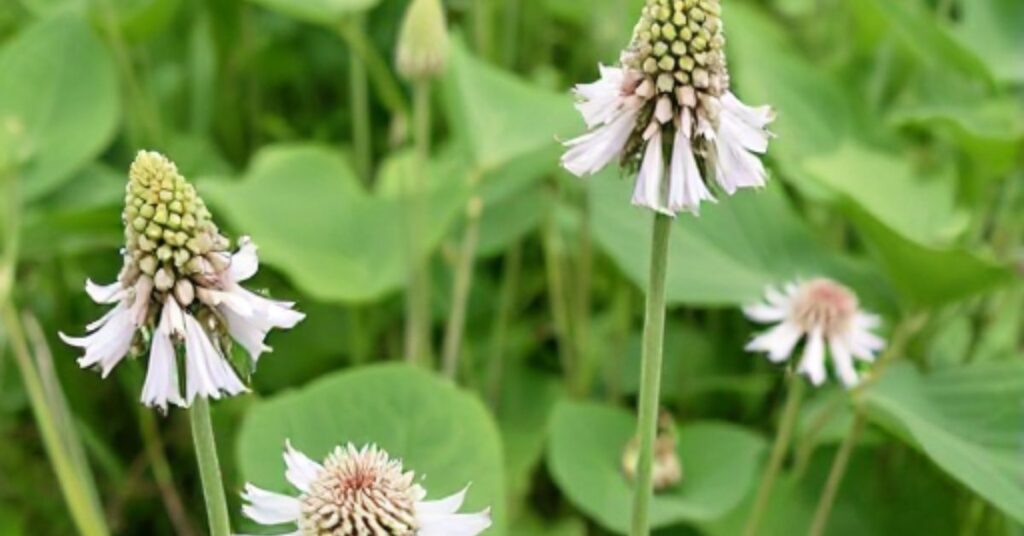
Milkweed plants, crucial for pollinators like monarch butterflies, go through dormancy in the colder months. During this time, they are not actively growing and do not require the same amount of water as they do during the growing season. Overwatering dormant milkweed plants can lead to several issues, potentially harming the plant.When you overwater dormant milkweed, the excess moisture can create a soggy environment, promoting root rot and other fungal diseases. These conditions thrive in the damp soil, resulting in the plant becoming weaker and the roots rotting. In addition, A Visual Guide to Identifying Butterflies overwatering can disturb the delicate balance of the soil’s natural moisture levels, which the dormant plant depends on to survive through the winter.
To avoid this, allowing the soil to dry out between waterings is essential. A good rule of thumb is to water only once the soil is completely dry.Depending on your temperature and region, this might happen anywhere from April to June.around the roots. By adjusting your watering schedule and being mindful of the plant’s dormant state, you can help your milkweed thrive when it comes out of dormancy in the spring.
When does milkweed sprout
Milkweed typically sprouts in the spring, usually Depending on your temperature and region, this might happen anywhere from April to June. It prefers warm temperatures and will start germinating when the conditions are favorable for growth.
Conclusion
Planting milkweed is one of the most rewarding ways to support monarch butterflies and pollinators. However, common mistakes like choosing the wrong species, overwatering, or using pesticides can undermine your efforts. By avoiding these pitfalls and following best practices, you’ll create a thriving, butterfly-friendly habitat that benefits your garden and the environment. So, roll up your sleeves, plant milkweed the right way, and watch your garden transform into a haven for monarchs and other pollinators!
FAQ
What are the best milkweed species for monarchs?
Native species like common milkweed (Asclepias syriaca) and swamp milkweed (Asclepias incarnata) are ideal for monarchs.
How do I control aphids on milkweed naturally?
Introduce natural predators like ladybugs or rinse aphids off with water. Avoid using chemical pesticides.
When is the best time to plant milkweed?
Plant milkweed for the best results in early spring or late fall, depending on your region.
Can I grow milkweed in pots?
Yes, milkweed grows well in pots as long as they have adequate drainage and sunlight.
Why are monarchs not visiting my milkweed?
Ensure your milkweed is healthy, free of pesticides, and blooming. It may take time for monarchs to locate your garden.

